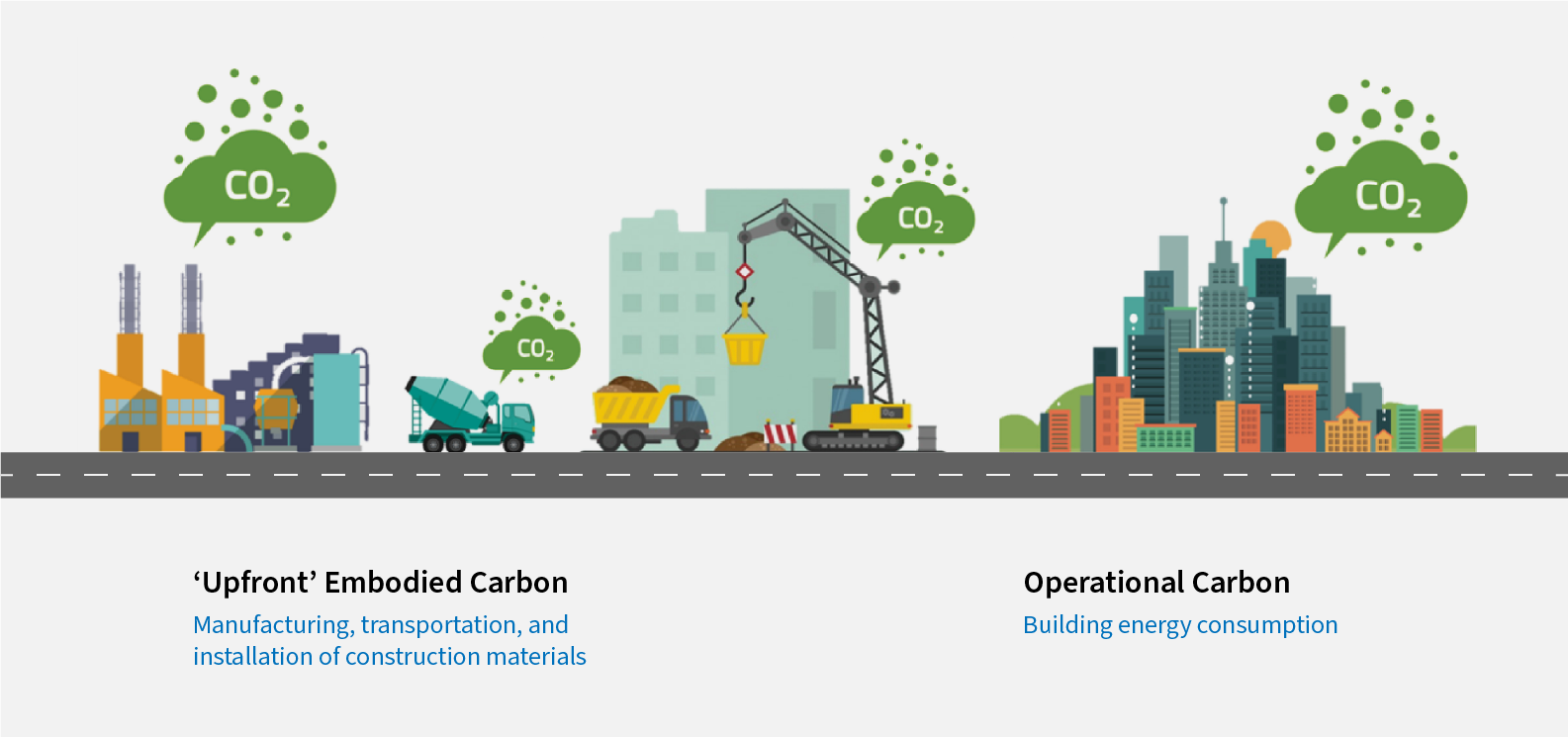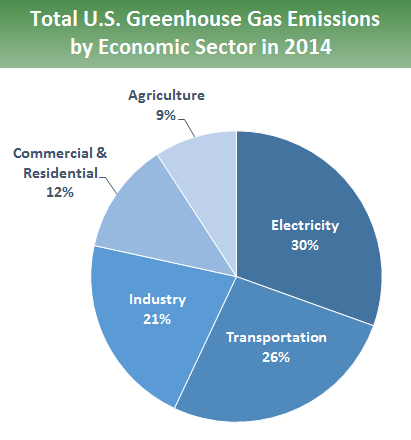


There are other meaningful differences between greenhouse gases and highlighting these paints a very different picture. It is also a metric that we at the Climate Council rely on, but it is also an intentional simplification of a very complex topic. It is designed for policy-makers and for instances where you need to find a basis for comparing emissions without firing up a climate model. This simple metric is justified and useful. In the short-term, releasing methane into the atmosphere is far more harmful than releasing carbon dioxide. This simple metric means that 1 tonne of methane released into the atmosphere will cause a comparable amount of heating to between 28 and 100 tonnes of carbon dioxide over a given period. Depending on what is considered and the time horizon used, on simple analyses, methane is commonly referred to as being anywhere from 28 to 100 times more powerful than carbon dioxide. You might even have heard any number of different comparisons between carbon dioxide and methane. You might already know that methane is a more potent greenhouse gas than carbon dioxide, which is certainly true. But there’s a problem: methane and carbon dioxide are both greenhouse gases that contribute to climate change, they each have different properties, potencies and lifetimes. ‘Carbon dioxide equivalent’ (sometimes written as ‘CO 2-eq’ or ‘CO 2e’) is a way of referring to all greenhouse gases (carbon dioxide, methane, nitrous oxide) in common terms by reducing them to a single metric that can be discussed more simply. Like the methane that escapes burping cows, the term ‘tonnes of carbon dioxide equivalent’ is a mouthful, but it bears discussing for a moment. Yet, you might notice that the emissions above are quoted as ‘tonnes of carbon dioxide equivalent’. The majority of agriculture’s emissions are methane. Carbon dioxide and methane: the tortoise and the hare In some ways, these conventional analyses can be misleading, and tend to overstate the real effect of agricultural emissions. In comparison, burning fossil fuels for energy released around 400 million tonnes of greenhouse gas into the atmosphere, measured using the same approach. In recent years, agriculture and associated land clearing released around 115 million tonnes of greenhouse gas (measured as carbon dioxide equivalent) into the atmosphere per year, according to conventional analyses. Australia has repeatedly been identified as a global hotspot for land-clearing, and much of this has occurred to facilitate the growth of the agricultural sector. While the climate impact of land clearing is partly offset by land restoration activity elsewhere and management of Australia’s forests, land clearing for agriculture nonetheless contributes significantly to Australia’s total emissions. Most of the greenhouse gas emissions produced by agriculture are methane, and most of this methane has its origins with livestock, such as cattle.Īnother separate source of emissions related to agriculture is land clearing for pastures and grazing land. Smaller volumes of emissions come from other sources such as fertiliser applied to vegetable crops and wastes, including manure and decaying vegetable matter. Most of this is the methane produced by cows and other livestock due to the fermentation of plant matter in their stomachs. By weight, about half of the agricultural sector’s emissions – or 42% – are methane. In Australia, ‘agriculture’ contributes around 13% of our greenhouse gas emissions each year. Agriculture’s greenhouse gas emissions: cows and grazing land This is a long one, but the issues are complex and important. This article is intended to reduce some of this extraordinary complexity to a level that is easier to understand. However, comparing these sectors is a genuinely complex topic. Some of this confusion derives from incorrect or openly misleading statements about the relative impacts of the sectors (the fossil fuel and agricultural sectors). Unfortunately, there is considerable confusion about the Australian agricultural sector’s relative impact on the climate compared to Australian fossil fuel consumption. While the burning of coal, oil and gas is the dominant source of the greenhouse gases in our atmosphere and so the dominant cause of the worsening impacts of climate change, there are several other sources.


 0 kommentar(er)
0 kommentar(er)
